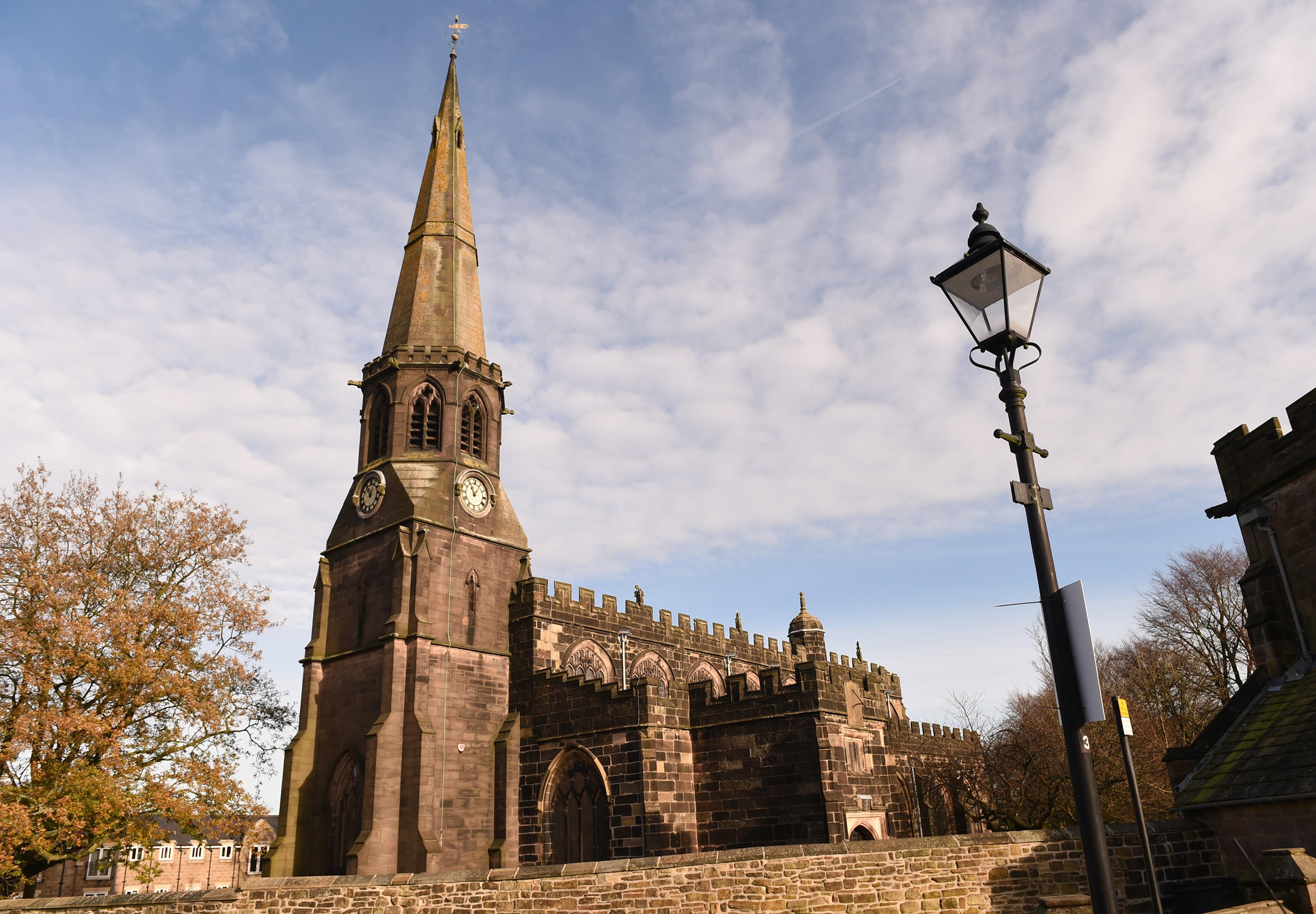Queen's Hall Methodist Mission
Wigan, Lancashire
An active and busy church open six days a week, it is a meeting place for everyone, whether Christian or not.

A magnificent example of Elizabethan architecture and has an amazing, rare example of an Elizabethan wooden ceiling, the church reflects the history of nation and community over the centuries.
Standish, Greater Manchester
St Wilfrid’s is the only Grade I listed church in the borough, so is an important historical site for Wigan. It also stands in a conservation area, where the village has retained its independent character and a range of traditional shops. It is important to communicate with people why it has been given such status and the role it still plays in the borough to this day.
The church is first mentioned in 1205 but the vast extent of the ancient parish points to a very early foundation. The 130ft spire is a landmark which can be seen for miles around. The authors of the Buildings of England series describe it as “one of the most interesting churches in Lancashire” and that “the church has the finest roof in Lancashire”.
The present church was rebuilt between 1582 and 1584 and designed by Lawrence Shipway in a blended Gothic and Renaissance style. It is the first example in the country of Tuscan architecture. During the 20th Century, Lancaster architects Austin and Paley carried out work on the church, which included adding vestries at the east end in 1913-14 and building a Peace Gate at the entrance to the churchyard in 1926 as a memorial to the soldiers who died in the Great War. The Peace Gate has its own separate grade II listing.
The church tower is 19th century Gothic, of grey-black ashlar. The spire has an octagonal bell-stage. The remainder of the church is of yellow-black gritstone. The nave and chancel are Elizabethan. The interior of the church has a beautiful Elizabethan oak ceiling to nave, aisles, and chancel, one of the finest in the Diocese.
Standish church has always been noted for its fine bells and good ringers. As early as 1552 there were “three great bells and three sacring bells”. In 1714 fundraising for correcting and making of four new bells was undertaken by Abraham Rudhall of Gloucester, a famous bell founder; money was also collected for a fifth bell.
Wigan, Lancashire
An active and busy church open six days a week, it is a meeting place for everyone, whether Christian or not.
Wigan, Greater Manchester
All Saints is by far the oldest church in Wigan, the earliest possible mention of a church at Wigan occurs in the Domesday Survey of 1086.
Chorley, Lancashire
St Laurence’s is probably the oldest building in Chorley and like most ancient parish churches in England has played a central role in the history of its local community.